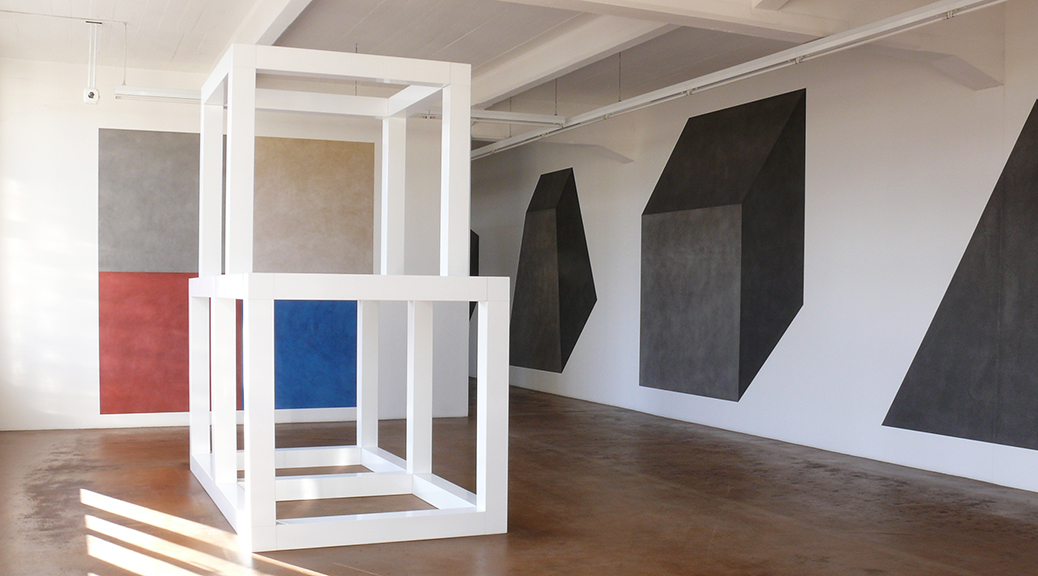Sol LeWitt (1928 – 2007) hat mit seinem Werk wie mit seinen theoretischen Schriften in den 1960er Jahren die Kunstentwicklung geprägt wie kaum ein anderer Künstler. Er hat das Kunstwerk von der belastenden Erwartung seiner „Erhabenheit“ befreit, durch das Prinzip der Wiederholbarkeit – zum Beispiel seiner „Wall Drawings“ – die Bedeutung des Originals in Frage gestellt und die Tür zu einer nie zuvor gekannten formalen Freiheit der Kunst geöffnet. Mit jedermann zugänglichen Materialien hat LeWitt auf der Fläche wie im Raum Werke geschaffen, die auf der ganzen Welt verstanden werden. Ausgehend von einem einfachen geometrischen Grundvokabular entwickelte er in logischen Kombinationsreihen eine überraschende Vielfalt visueller Eindrücke. Die Merkmale seiner Kunst sind die Klarheit des Konzepts und die Präzision der Ausführung.
Von 1984 bis 2014 hat Urs Raussmüller in den Hallen für Neue Kunst, Schaffhausen exemplarische Werke von LeWitt zugänglich gemacht: räumliche Strukturen und „Wall Drawings“, darunter die 14-teilige, wandfüllende Bleistiftzeichnung WD #61 von 1970, die „Isometric Figures“ WD #354 a-e von 1981 und den energetischen rot-gelb-blauen Farbraum WD #308 von 1978.
Besuchen Sie unsere online Plattform Raussmüller Insights und die Bilderstrecke “Sol LeWitt in den Hallen für Neue Kunst” oder lesen Sie den Text “Sol LeWitt und die Hallen für Neue Kunst, Schaffhausen” (2008).Through his works and his theoretical writings, Sol LeWitt (1928–2007) exerted an almost unparalleled influence on the development of art in the 1960s. He liberated the artwork from the burdensome expectation of “sublimity”, placed a question mark over the importance of the original by embracing the principle of repeatability – as in the case of his Wall Drawings, for example – and opened the door to a previously unknown formal freedom in art. Using materials accessible to all, LeWitt created works in both two and three dimensions that are understood around the world. Starting from a simple geometric vocabulary, he developed – in logical series of combinations – a surprising wealth of visual impressions. Clarity of concept and precision of execution are the characteristics of his art.
Between 1984 and 2014 Urs Raussmüller made key works by Sol LeWitt accessible in the Hallen für Neue Kunst, Schaffhausen: spatial structures and wall drawings, including the 14-part full-wall pencil drawing “WD #61” (1970), the isometric figures “WD #354 a–e” (1981) and the energetic red, yellow and blue “WD #308” (1978) constituting an entire room of colour.
Visit our online platform Raussmüller Insights and find the text “Sol LeWitt and the Hallen für Neue Kunst, Schaffhausen” (2008) or the photo series “Sol LeWitt in the Hallen für Neue Kunst”.
